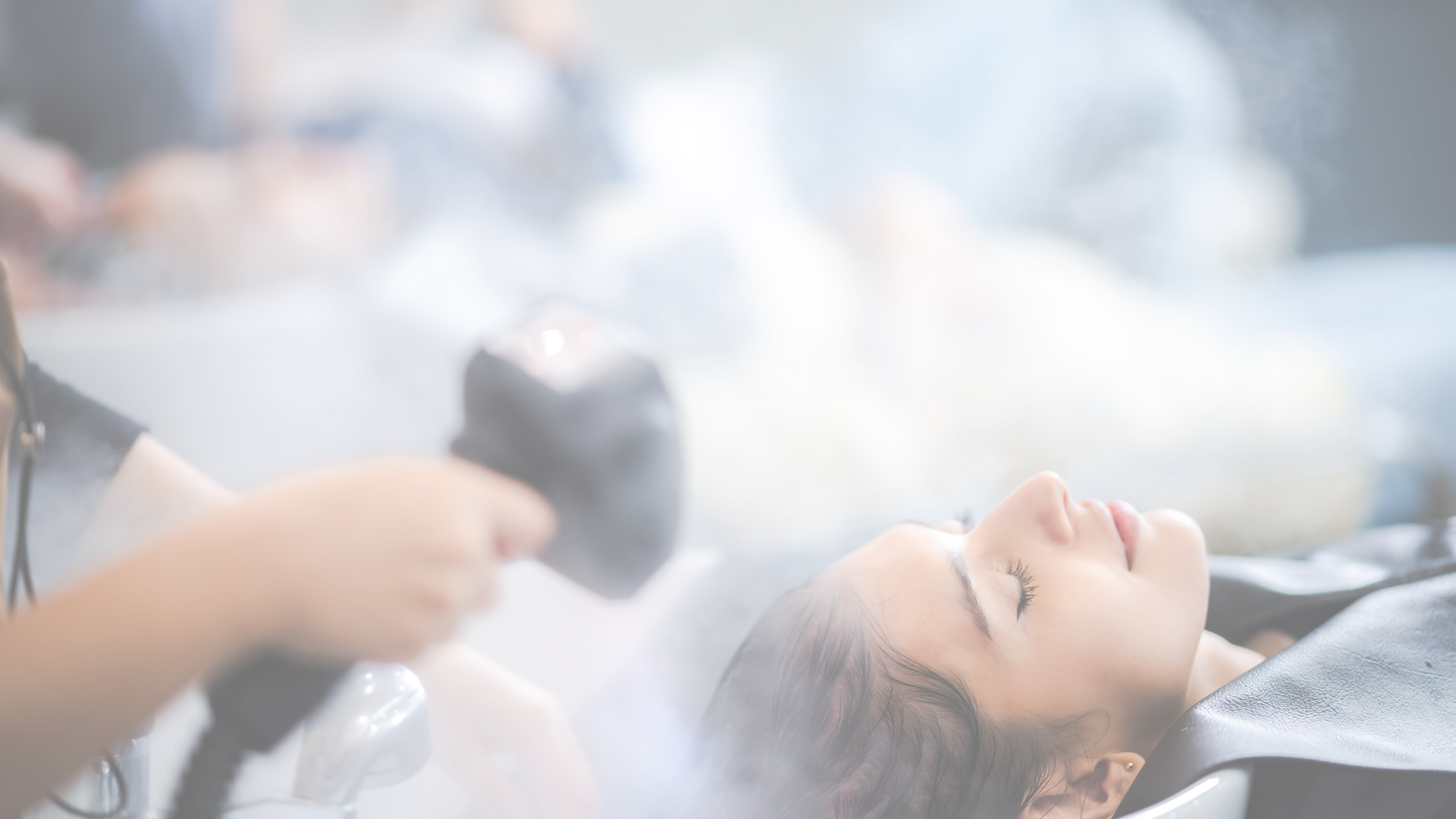360 Wellness Education
Your expert in providing modality training, strong business foundations, proper body mechanics, and self-care strategies for wellness providers.
In recent years, head spa services have surged in popularity across North America, mirroring long-standing trends in Japan and Korea. With their blend of scalp massage, deep cleansing, aromatherapy, and wellness-focused rituals, head spas offer clients a luxurious, therapeutic escape. But for estheticians already trained in skincare and wellness, the question arises: Is it worth investing time and money to learn head spa skills?
Let’s explore this through multiple lenses—popularity, client benefits, initial investment, profit margins, ROI timeline, and how easily it integrates with existing services.

The Popularity of Head Spa Services
Head spa has seen a marked rise in interest, fueled by social media and a growing emphasis on self-care. Viral TikTok and Instagram videos often feature soothing scalp treatments and elaborate set-ups, making the service highly desirable. Clients seeking relief from stress, migraines, or hair/scalp issues are increasingly asking for it by name.
This growing awareness creates a window of opportunity for estheticians to get in early and offer a differentiated service.
Client Benefits That Drive Demand
From a client perspective, head spa services provide:
This positions head spa as both a wellness and beauty treatment, which appeals to a wide range of clients—from those concerned about hair thinning to clients seeking holistic relaxation.
The Initial Investment: Equipment, Training & Setup
To offer head spa treatments, estheticians will need:
Total initial investment can range from $2,000 to $7,000, depending on how luxurious or minimal the setup is.
Profit & Loss Considerations
A standard head spa session can be priced between $85 and $200, depending on duration and service tier. With low product costs per session (around $10–$25), the margins are high—potentially 70–80%.
Assuming an average price of $120 per session and a modest volume of 3 clients per week, the esthetician could gross $1,440 per month from head spa alone.
ROI Timeline: How Long Until You Break Even?
If your initial investment is around $4,000, and you're earning ~$1,400/month with minimal added operating costs, you could break even in 3 to 4 months with consistent clientele. For slower ramp-ups, a 6–9 month ROI timeline is still realistic.
Of course, these figures depend on your location, pricing, and marketing strategy.
Ease of Integration with Other Services
One of the biggest advantages of head spa is its compatibility with existing offerings:
It’s an easy add-on that doesn’t require a full salon remodel, especially if you’re already offering face and upper body treatments.
Solo Practitioner vs. Day Spa: Who Benefits More?
Solo Estheticians
Pros:
Cons:
Day Spas or Medspas
Pros:
Cons:
Both models can succeed, but solo estheticians may find it easier to personalize the experience, while day spas may benefit from volume and bundling.
If you have a clientele open to wellness and luxury services, or you're looking to differentiate yourself in a saturated market, learning head spa skills can be a strategic move. The margins are attractive, the service is trending, and the client satisfaction is high.
However, if your clientele is more price-sensitive, your space is limited, or you don’t have the time to market and educate clients on a new service, the investment might not pay off quickly.
Either way, the key is to assess your market, your budget, and your long-term goals as an esthetician.